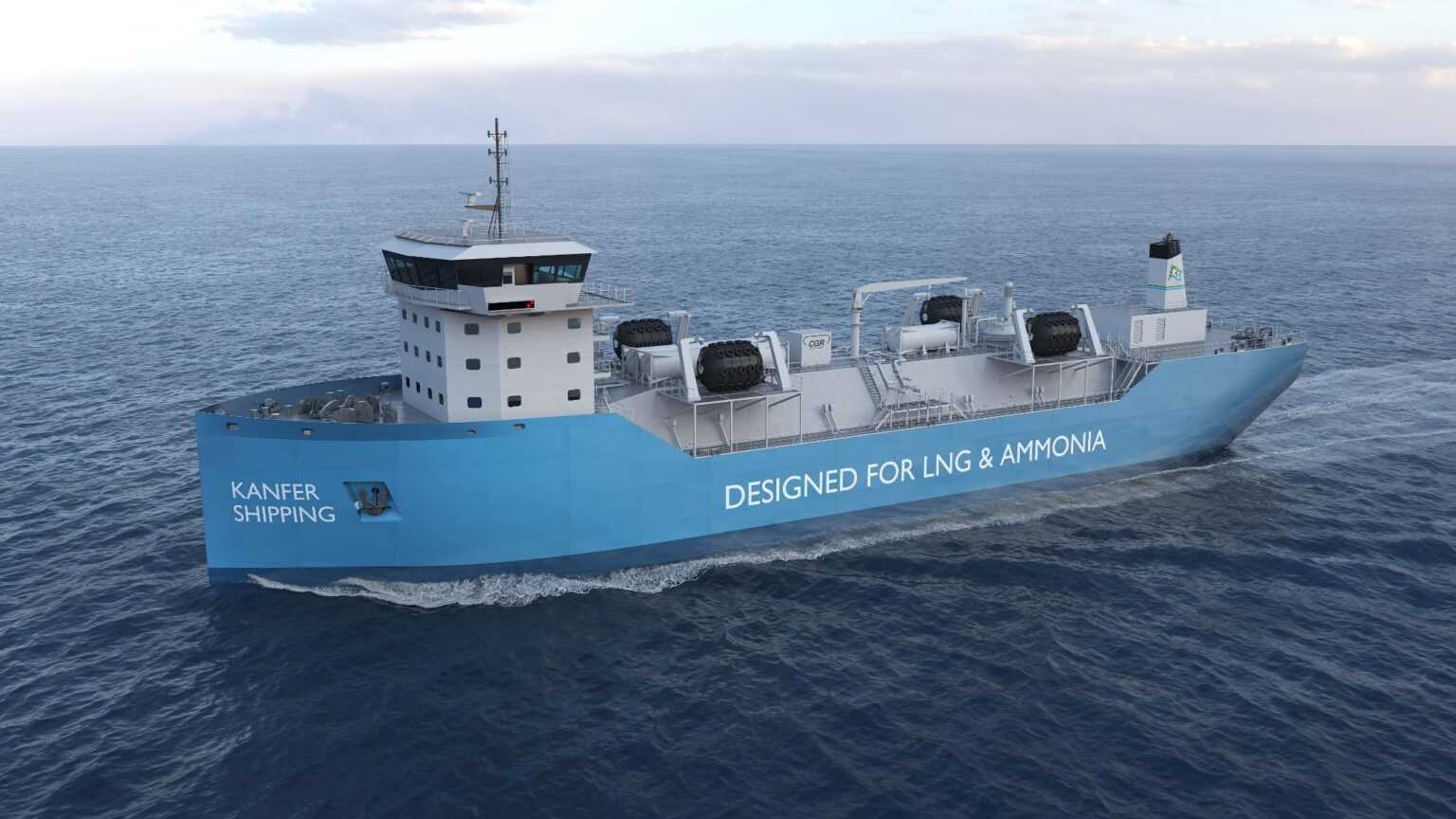Fostering Collaboration for Sustainable Growth: Western Australia's Vision for Regional Port Development

Strategic planning for future industry growth is of paramount importance as Western Australia charts its course for regional ports. These ports are poised to become pivotal hubs for the green energy sector, accommodating the establishment of green hydrogen and ammonia production plants, wind farm construction and maintenance, lithium refining and exportation, as well as rare earth mining, processing, and exportation.
Past mistakes have underscored the repercussions of fragmented project approval, resulting in inefficient land and infrastructure utilization and compromised safety standards.
To effectively harness growth opportunities while sidestepping historical pitfalls, a collaborative approach is indispensable.
Green Fuels
The future of modern ports will witness a growing adoption of green fuels, including ammonia, methanol, biofuels in the long term, and potentially LNG during the transition period. To facilitate this transition effectively, it is crucial to ensure the alignment and concurrent development of infrastructure to support a diverse fuel family.
Drawing inspiration from the evolution of car service stations, where we now find multiple fuel options such as petrol, diesel, LPG, and EV charging points, future ports may require integrated fuel options from the outset. The lower fuel density of these new fuels may necessitate more frequent fuel supply operations. Consequently, shipping practices will shift from bunkering at a single location, to bunkering at both ends of the journey. This means Australia will need to provide more shipping fuel infrastructure.

Oceania Marine Energy’s 8,000cbm multi-fuel bunker vessel
Furthermore, there are opportunities for shipping companies to actively participate in the Green Fuel industry and become part owners of future fuel production, representing a form of vertical integration and opening new avenues for growth. By collaborating with shipping companies at an early stage, market dynamics, fuel production technology, and new shipping fuel/propulsion technology can be developed in tandem, ensuring seamless integration and efficient deployment of these green fuels in the maritime industry.
Safe Storage within Port Infrastructure
Developing safe hydrogen and ammonia storage facilities and practices is a crucial factor in the advancement of green fuels within critical port infrastructure.
Optimised Hydrogen Storage
Hydrogen storage is looking to be a common feature of several projects in the Pilbara port area with use in green smelting, ammonia production and energy supply locally, regionally, and possibly by export in the future.
Large hydrogen quantities pose a major risk or MAE (Major Accident Event). Leaking hydrogen has the potential to self-ignite and detonate, without an ignition source. This makes the risks of storing hydrogen significantly higher than storing LNG or LPG.

Cost and safety are two key challenges for the Hydrogen industries which arguably are competing with incumbent energy more so than with each other. Hydrogen needs to be available to both port export or fuelling ships at berth, and for supply to hydrogen consumers.
Hydrogen storage could be provided separately by each producer or in a combined storage facility built to Australian bespoke conditions with the aim of providing a dramatic reduction in risks.
We propose a new standard for hydrogen storage in which each hydrogen vessel is contained within its own bunker, sufficiently deep and wide to deflect a detonation upward and prevent escalation of a leak and ignition to other storage and prevent any impact on surrounding facilities and the public. Such a combined site could be built for common users to provide a strategic advantage to all hydrogen producers in the area, and a public safety advantage.
This solution avoids each hydrogen producer having to locate hydrogen storage within their own smaller plot of land and removes the risk of a leak event leading to destruction of the processing facilities and surrounding buildings.
Optimised Ammonia Storage
Ensuring the safety of ammonia storage and transport is paramount as toxicity poses the primary risk, rather than flammability or explosion. Ammonia’s alkaline properties when wet can be highly irritating to the lungs, potentially resulting in fatalities upon exposure or in subsequent days.
To minimize risks, large-scale ammonia storage facilities must consider prevailing winds and eliminate the possibility of leaks impacting inhabited areas. Consequently, locating ammonia production near ports can reduce transportation risks, avoiding the need to transport significant quantities through populated areas.
In Australia’s pursuit of adopting new fuels for shipping, maintaining stringent safety standards throughout the entire supply chain is imperative to safeguard the industry from major incidents. Ample land should be allocated for ammonia production, ensuring dedicated and properly separated storage facilities.
Distances from public buildings and common port facilities must allow for the ammonia clouds to travel before dispersion. Storage facilities should adhere to a unified set of standards supported by all stakeholders and verified by regulators, surpassing minimum requirements, and designed to withstand future weather events of increased intensity.
Leveraging Opportunities

The future of Western Australia’s regional ports holds immense potential for growth and development in the green energy sector. To fully leverage these opportunities while avoiding past mistakes, a collaborative approach is essential in establishing hydrogen and ammonia storage facilities and promoting the advancement of green fuels within critical port infrastructure.
By adopting a comprehensive and collaborative approach to infrastructure development, Western Australia can position itself as a leader in the green energy sector, harnessing the potential of hydrogen, ammonia, and other green fuels while ensuring the highest standards of safety, sustainability, and industry-wide growth.

